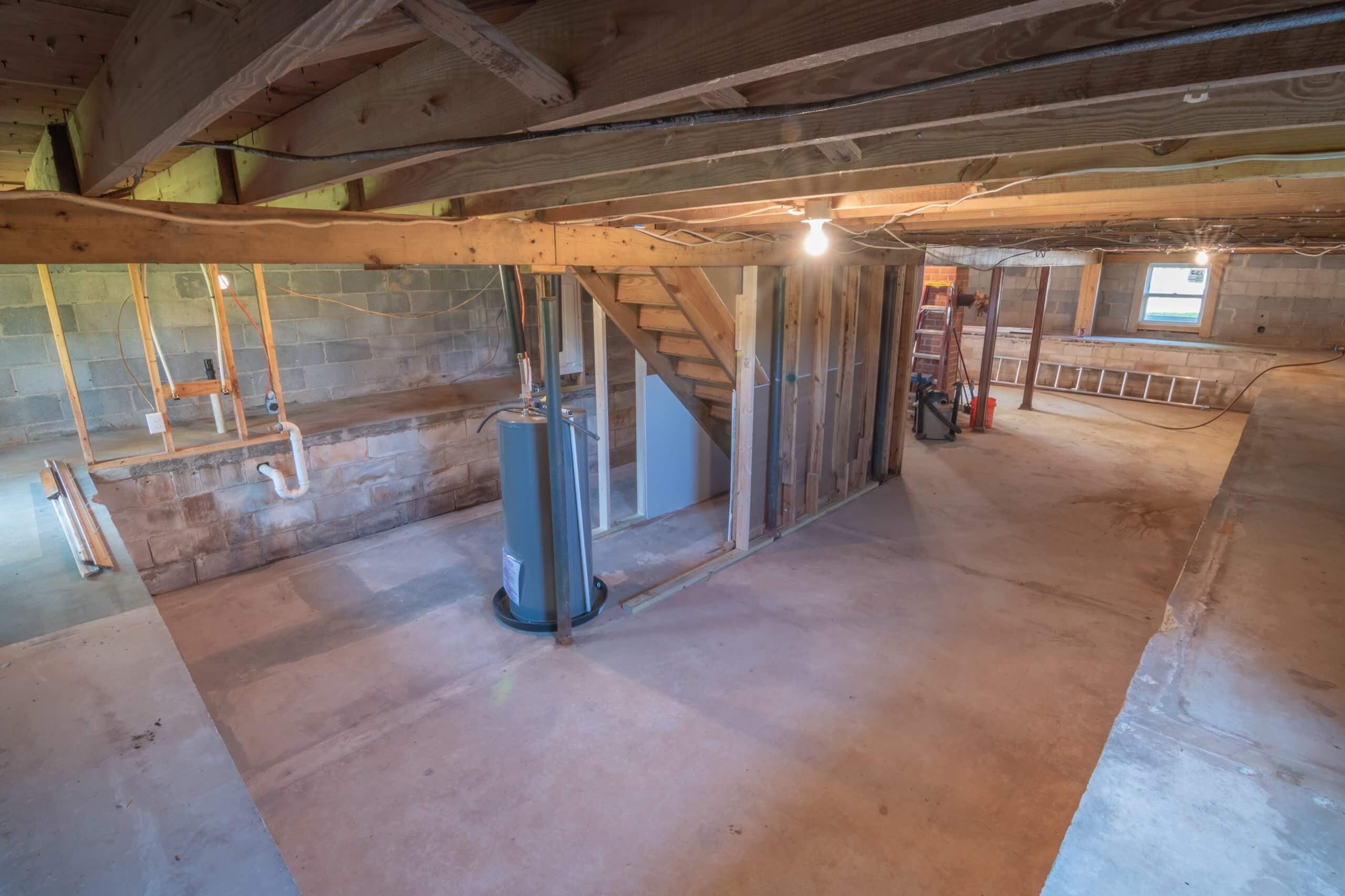
A wet basement can cause a range of problems, from mold and mildew growth to damage to your belongings. Fortunately, there are several steps and products that can help you waterproof your basement and prevent these issues from occurring. In this post, we will explore the key steps and products needed for waterproofing your basement.
Step 1: Identify the Source of Water
Before you begin waterproofing your basement, it’s important to identify the source of the water. This may be caused by issues such as a high water table, poorly graded landscaping, or leaking pipes. Addressing these issues may require the help of a professional contractor or plumber.
Step 2: Seal Any Cracks or Holes
Once you have addressed any underlying issues, it’s time to seal any cracks or holes in your basement walls and floor. There are several products available for this purpose, including hydraulic cement, epoxy injection, and sealant. These products can help to prevent water from seeping through your basement walls or floor.
Step 3: Install a Sump Pump
A sump pump is a crucial component of any basement waterproofing system. It works by collecting water that seeps into your basement and pumping it away from your home. A professional contractor can install a sump pump and ensure that it is properly sized and located for your specific needs.
Step 4: Apply Waterproofing Membrane
A waterproofing membrane is a thin layer of material that is applied to your basement walls or floor to prevent water from seeping through. There are several types of membranes available, including liquid-applied, sheet, and spray-on. Your contractor can help you choose the right type of membrane for your specific needs.
Step 5: Install a Drainage System
A drainage system is another important component of a basement waterproofing system. This system works by directing water away from your basement and into a drainage area. There are several types of drainage systems available, including exterior and interior drain tile systems. Your contractor can help you choose the right type of drainage system for your specific needs.
Products Needed for Waterproofing Your Basement
- Hydraulic cement
- Epoxy injection
- Sealant
- Sump pump
- Waterproofing membrane
- Drainage system
In conclusion, waterproofing your basement is an important step in protecting your home from water damage and mold growth. By following these key steps and using the right products, you can ensure that your basement remains dry and safe for years to come. If you’re not sure where to start with waterproofing your basement, consult with a professional contractor who can provide expert advice and guidance.

